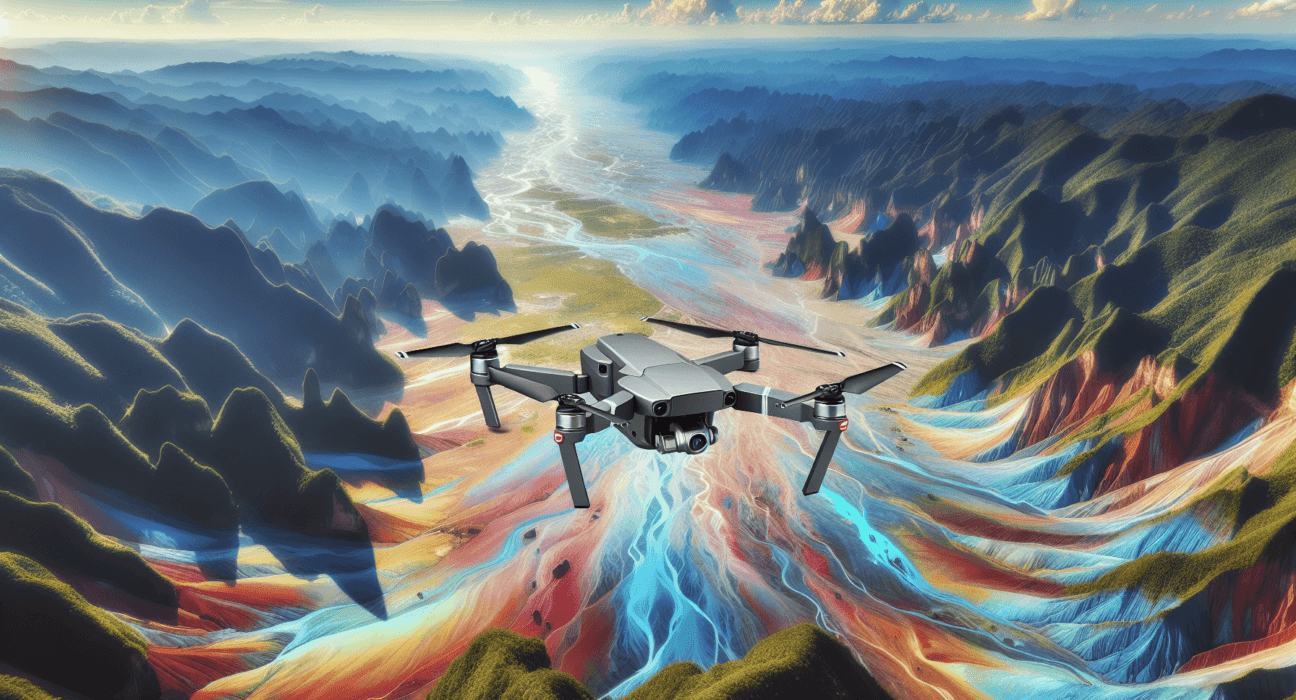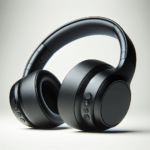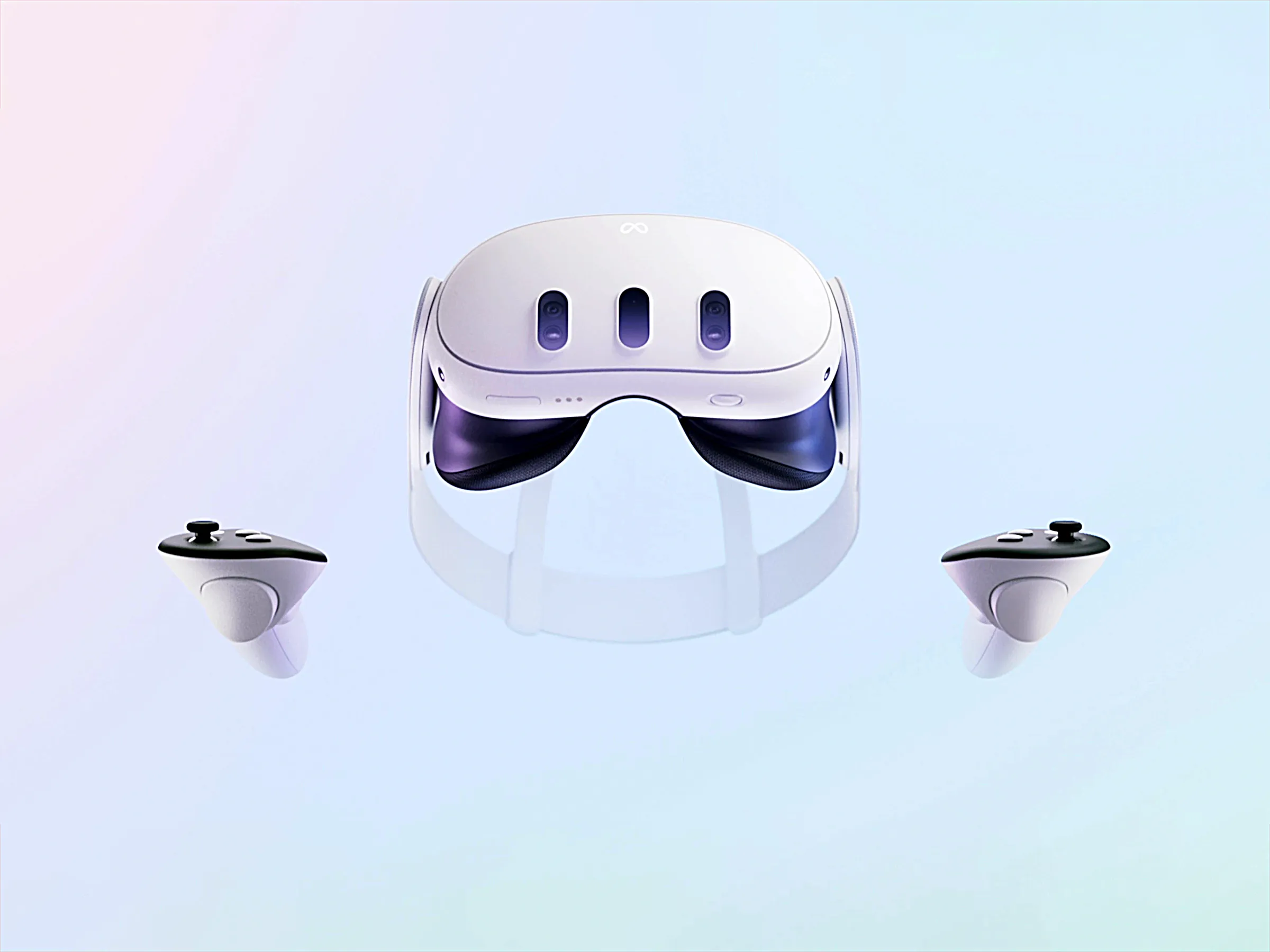Table of Contents
DJI Mavic Air 2 drone photography
The DJI Mavic Air 2 represents a significant leap forward in drone technology, especially in the realm of DJI Mavic Air 2 drone photography. With a balanced combination of advanced features, impressive design, and user-friendly interfaces, this drone has quickly become a favorite among both professional and amateur photographers. In this review, we take an in-depth look at what makes the Mavic Air 2 a true game-changer in DJI Mavic Air 2 drone photography.
Brief Overview of DJI Mavic Air 2
The DJI Mavic Air 2 is an innovative piece of technology that brings advanced aerodynamics and high-quality imaging to the masses. It stands out with its robust set of features designed to cater to both seasoned drone enthusiasts and beginners alike. This section will provide an overview of its key specifications and design elements, setting the stage for a deeper analysis of its capabilities.
Key Specifications and Features
The DJI Mavic Air 2 is packed with an array of impressive specifications for DJI Mavic Air 2 drone photography. It boasts a 48MP camera with a 1/2-inch sensor, capable of 4K video recording at 60 frames per second, enhancing DJI Mavic Air 2 drone photography capabilities. The drone also offers intelligent shooting modes such as SmartPhoto, which combines scene recognition, HyperLight, and HDR into one mode for optimal results. Additionally, it features advanced obstacle sensing in three directions and a flight time of up to 34 minutes per charge. These specifications make it a versatile tool for both photography and videography.
Other noteworthy features that elevate DJI Mavic Air 2 drone photography include OcuSync 2.0, which provides a strong and stable video transmission up to 10 km, and APAS 3.0, which offers enhanced autonomous flight capabilities. This drone is also equipped with multiple auxiliary lights for better visibility and safer nighttime flying, further improving DJI Mavic Air 2 drone photography in low-light conditions. These features collectively aim to provide a seamless and highly efficient flying experience.
The Mavic Air 2 Design
The Mavic Air 2 boasts a sleek and compact design, making it highly portable and easy to carry around. It weighs just 570 grams and features foldable arms that allow it to fit comfortably into a small backpack or carrying case. This is particularly advantageous for photographers who are always on the go and need equipment that is both lightweight and durable.
The build quality is robust, with a strong emphasis on materials that can withstand rough handling and adverse weather conditions. The design also incorporates user-friendly features such as quick-release propellers and an intuitive remote controller that fits comfortably in hand. This thoughtful design ensures that users can focus on capturing stunning aerial shots without worrying about the drone’s durability or ease of use.
Read: Unleash Creativity: iPad Pro vs Surface Pro Comparison- The Ultimate Decision Guide
The Camera: A Deeper Look
The Mavic Air 2’s camera is one of its standout features, bringing exceptional image quality to a compact drone. This section delves deeper into the camera’s capabilities, exploring aspects like image quality, video performance, and how it compares to other drones in its category.
Image Quality and Resolution
The Mavic Air 2 is equipped with a 48MP camera that uses a 1/2-inch CMOS sensor, delivering high-resolution stills with remarkable clarity and detail. This allows photographers to excel in DJI Mavic Air 2 drone photography, capturing images with impressive depth and color accuracy, making it ideal for landscape, wildlife, and architectural photography. The high resolution also provides ample flexibility for cropping and editing, ensuring that the final output meets professional standards. DJI Mavic Air 2 drone photography enthusiasts will appreciate the camera’s ability to produce stunning images in various conditions.
Additionally, the drone features a range of shooting modes, including HDR and panorama, which further enhance image quality for DJI Mavic Air 2 drone photography. HDR mode combines multiple shots to create balanced images with excellent dynamic range, while the panorama mode stitches together several images for breathtaking wide-angle shots. These modes are designed to help users make the most of the camera’s high-resolution capabilities, providing creative freedom and versatility. DJI Mavic Air 2 drone photography is elevated to new heights with these advanced features, allowing both beginners and professionals to capture extraordinary aerial shots.
Video Capabilities
On the video front, the Mavic Air 2 excels with its ability to shoot 4K video at 60 frames per second. This high frame rate ensures smooth and cinematic footage, with fine details and vibrant colors. The drone also supports 8K HyperLapse, allowing users to create stunning time-lapse videos with minimal effort. These features make it a powerful tool for videographers looking to capture high-quality aerial footage.
The drone also includes advanced video shooting modes such as FocusTrack, which offers three sub-modes: ActiveTrack 3.0, Point of Interest 3.0, and Spotlight 2.0. These modes enable the drone to track subjects, maintain a fixed point of interest, or keep the subject in the frame while the user flies freely. This level of control and automation ensures that even complex shots can be executed with ease.
Comparative Analysis: Mavic Air 2 Camera vs Other Drones
When compared to other drones in its price range, the DJI Mavic Air 2 drone photography capabilities stand out with their superior camera performance. While many drones offer 12MP cameras, the Mavic Air 2’s 48MP camera provides significantly higher resolution, resulting in sharper and more detailed images. The video performance also surpasses that of competitors, with 4K at 60fps being a rarity in this segment. DJI Mavic Air 2 drone photography enthusiasts will appreciate these advanced features.
Furthermore, features like HDR, SmartPhoto, and 8K HyperLapse are not commonly found in other drones within this price bracket. These additional capabilities make the DJI Mavic Air 2 drone photography experience more versatile and powerful for both still photography and videography. Overall, its camera performance and innovative features give it a distinct edge over other drones. DJI Mavic Air 2 drone photography truly offers a superior option for aerial imaging enthusiasts.
Performance and User Experience
The Mavic Air 2 is not just about camera quality; it also offers exceptional performance and a user-friendly experience. This section examines the drone’s flight time, range, control, and maneuverability, as well as the features of the accompanying app.
Flight Time and Range
One of the most impressive aspects of the Mavic Air 2 is its flight time. With a maximum flight duration of 34 minutes on a single charge, it allows users ample time to capture the perfect shot without the constant worry of a dwindling battery. This extended flight time is particularly beneficial for professional photographers who require longer periods to set up and shoot their scenes accurately.
In terms of range, the Mavic Air 2 supports OcuSync 2.0, which provides a stable video transmission up to 10 kilometers. This extended range ensures that users can explore a vast area without losing connection, making it ideal for shooting expansive landscapes or large events. The robust transmission also means fewer interruptions and a more reliable flying experience.
Control and Maneuverability
Controlling the Mavic Air 2 is a breeze, thanks to its intuitive remote controller and multiple flight modes designed for various skill levels. The remote features a comfortable grip and easy-to-access buttons, ensuring that users have complete control over the drone’s movements. The DJI Mavic Air 2 drone photography experience is enhanced by pre-programmed flight paths and modes, like QuickShots, which automate complex maneuvers to capture dynamic footage effortlessly.
Maneuverability is another strong suit of the Mavic Air 2. It features advanced obstacle sensing in three directions (forward, backward, and downward), which helps avoid collisions and ensures a safer flight. The drone’s nimble responsiveness and stable hovering capabilities mean users can execute smooth and precise movements, essential for capturing high-quality images and videos. These features make DJI Mavic Air 2 drone photography accessible to both beginners and experienced pilots, allowing them to focus on creativity rather than technical challenges.
App Features and User Interface
The DJI Fly app enhances the overall user experience with a range of features designed to simplify flying and shooting. The app offers a clean and intuitive interface, making it easy for users to access various settings and modes. Features like QuickShots, SmartPhoto, and HyperLapse can be activated with a few taps, streamlining the process of capturing impressive aerial footage.
Moreover, the app includes comprehensive tutorials and tips, making it accessible even to those new to drone flying. The real-time video feed ensures that users can monitor their shots as they fly, allowing for adjustments on the go. Overall, the app complements the drone’s hardware excellently, providing a cohesive and user-friendly experience.
Read: Unleash Creativity: iPad Pro vs Surface Pro Comparison- The Ultimate Decision Guide
What Makes The Mavic Air 2 a Game Changer in Drone Photography
The Mavic Air 2 introduces several innovations that elevate it above the competition, redefining standards in drone photography. This section explores the unique photography features it offers and its impact on both professional and amateur photographers.
Niche Photography Features
One of the standout features of the Mavic Air 2 is its SmartPhoto technology. This mode combines scene recognition, HyperLight, and HDR into a single mode, optimizing every shot for ideal lighting and composition. Scene recognition can identify five categories: sunset, skies, grass, snow, and trees, adjusting settings to capture each scenario perfectly. HyperLight is designed for low-light conditions, reducing noise and enhancing details.
Another notable feature is the drone’s ability to shoot 8K HyperLapse videos. This allows photographers to create stunning time-lapse footage effortlessly. The drone also includes various QuickShots modes such as Dronie, Circle, Helix, Rocket, Boomerang, and Asteroid, which automate complex flight paths to capture dynamic shots. These features make it easier for photographers to capture creative and professional-quality images and videos.
The Impact on Professional and Amateur Photography
The Mavic Air 2 has a significant impact on both professional and amateur photography by democratizing access to high-quality aerial imaging. For professionals, it provides a versatile tool that can deliver exceptional image and video quality without the need for bulky equipment. Its advanced features and intuitive controls allow photographers to focus on creativity rather than technical limitations.
For amateurs and enthusiasts, the Mavic Air 2 offers an entry point into the world of drone photography with a manageable learning curve. The intelligent shooting modes and user-friendly app make it easy to capture impressive footage, even for those with limited experience. This accessibility helps broaden the scope of drone photography, enabling more people to explore and innovate in this exciting field.
Cost and Value Assessment
When evaluating the Mavic Air 2, it’s essential to consider its cost relative to its features and performance. This section provides a comparative analysis with similar drones and assesses whether the Mavic Air 2 offers good value for money.
Comparative Cost Analysis with Similar Drones
The Mavic Air 2 is competitively priced in the mid-range segment, making it accessible to a wide range of users. When compared to other drones with similar features, such as the Autel Robotics EVO II and the Skydio 2, the Mavic Air 2 offers a balanced mix of performance, camera quality, and innovative features at a more affordable price point. Its 48MP camera and 4K/60fps video capabilities are often found in higher-priced drones, giving it an edge in terms of value.
Additionally, the included intelligent flight modes, extended flight time, and robust build quality further justify its price. While there are cheaper alternatives available, they often lack the advanced features and reliability that the Mavic Air 2 provides. This makes it a cost-effective choice for those looking for a comprehensive drone photography solution.
Assessing the Value for Money in Terms of Features and Performance
In terms of value for money, the Mavic Air 2 offers an excellent return on investment, especially for DJI Mavic Air 2 drone photography enthusiasts. The advanced camera, extended flight time, and intelligent shooting modes make it a versatile tool for various photography and videography needs. The durable design and reliable performance ensure that users get long-term use from their purchase, making it an ideal choice for those serious about DJI Mavic Air 2 drone photography.
Moreover, the user-friendly app and intuitive controls enhance its overall usability, making it suitable for both beginners and experienced photographers interested in DJI Mavic Air 2 drone photography. The comprehensive set of features, coupled with the competitive pricing, make the Mavic Air 2 a valuable addition to any photographer’s toolkit. Overall, it delivers exceptional performance and features for its cost, offering substantial value for money to those pursuing DJI Mavic Air 2 drone photography.
In conclusion, the DJI Mavic Air 2 stands out as a remarkable drone that brings professional-grade DJI Mavic Air 2 drone photography within reach of a broader audience. Its advanced camera, intelligent features, and user-friendly design make it a game-changer in the world of drone photography. Whether you’re a professional looking to expand your toolkit or an enthusiast eager to explore aerial imaging, the Mavic Air 2 offers a perfect blend of performance, innovation, and value. This drone truly sets a new standard for what is possible in DJI Mavic Air 2 drone photography.






